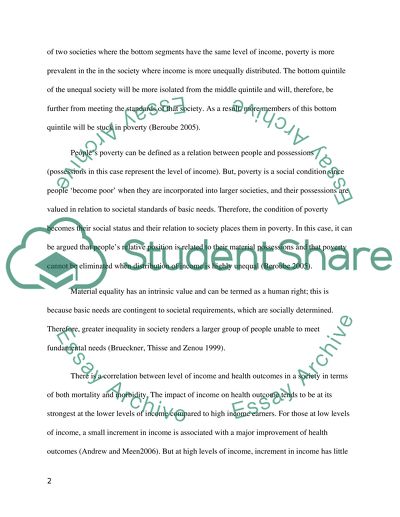Cite this document
(“Inequality in the UK its effect on the national economy Essay”, n.d.)
Inequality in the UK its effect on the national economy Essay. Retrieved from https://studentshare.org/macro-microeconomics/1614217-inequality-in-the-uk-its-effect-on-the-national-economy
Inequality in the UK its effect on the national economy Essay. Retrieved from https://studentshare.org/macro-microeconomics/1614217-inequality-in-the-uk-its-effect-on-the-national-economy
(Inequality in the UK Its Effect on the National Economy Essay)
Inequality in the UK Its Effect on the National Economy Essay. https://studentshare.org/macro-microeconomics/1614217-inequality-in-the-uk-its-effect-on-the-national-economy.
Inequality in the UK Its Effect on the National Economy Essay. https://studentshare.org/macro-microeconomics/1614217-inequality-in-the-uk-its-effect-on-the-national-economy.
“Inequality in the UK Its Effect on the National Economy Essay”, n.d. https://studentshare.org/macro-microeconomics/1614217-inequality-in-the-uk-its-effect-on-the-national-economy.


